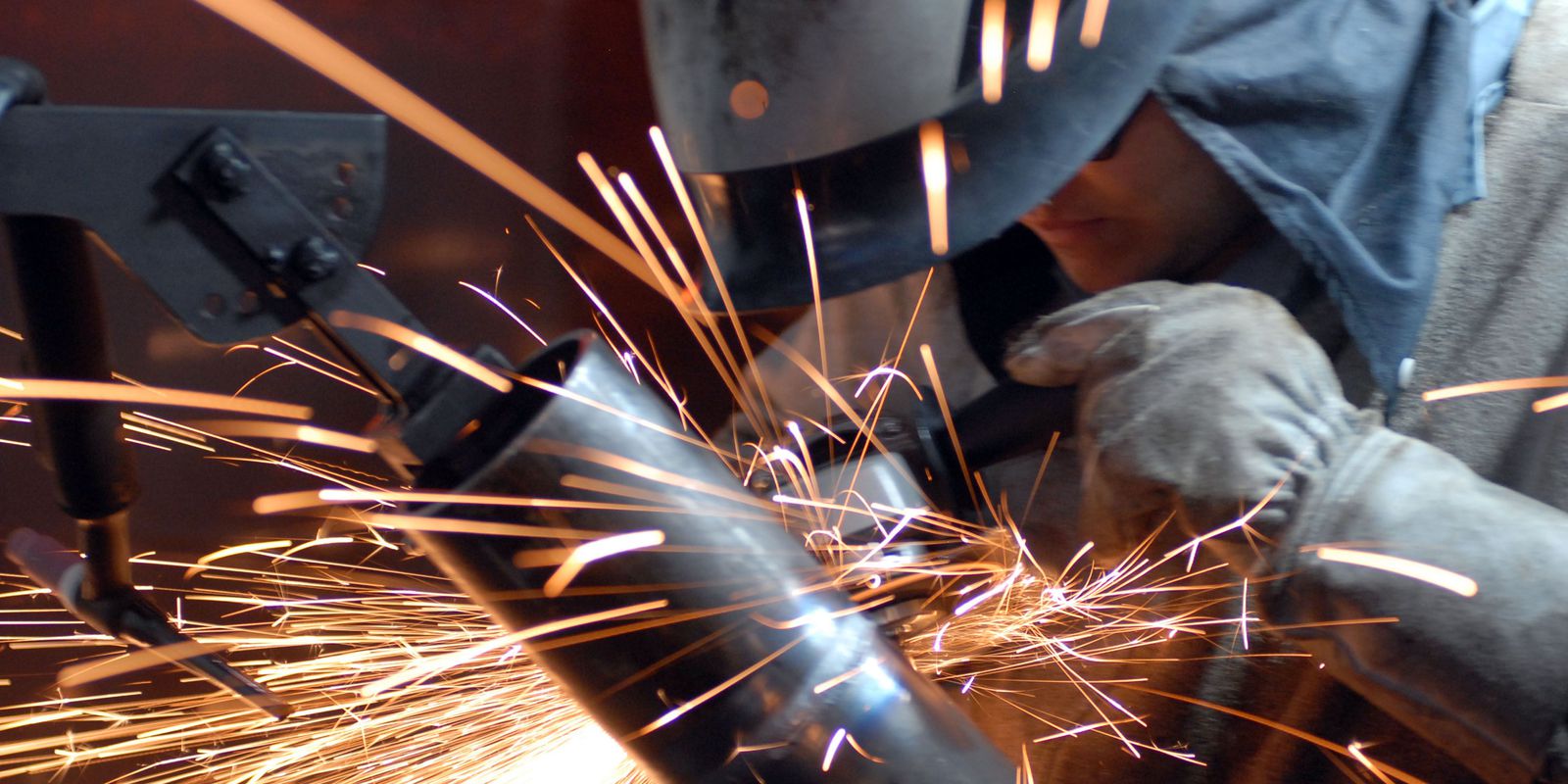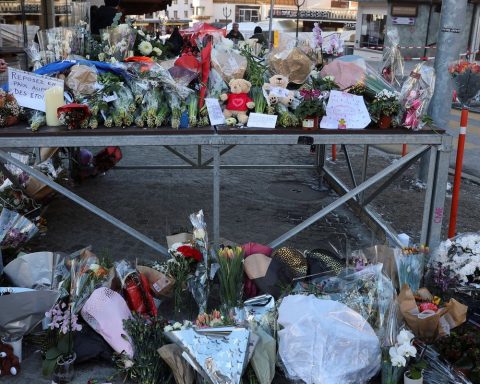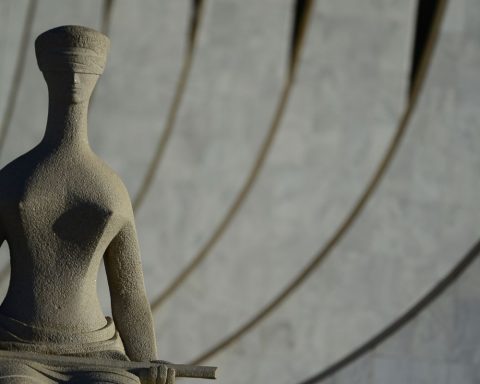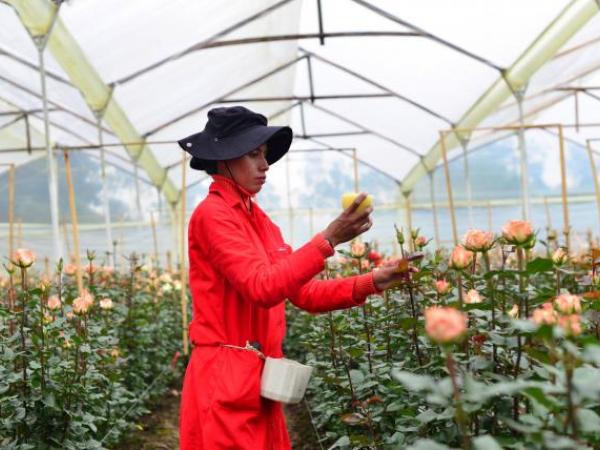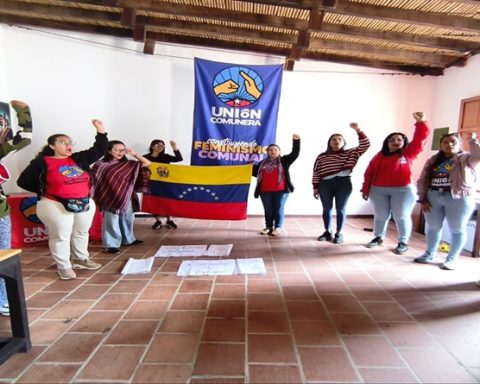The production of the Brazilian industry increased by 0.3% in March this year, in comparison with the previous month. It is the second consecutive increase in the indicator, which had already grown 0.7% in February. The data are from the Monthly Industrial Survey (PIM), released today (3) by the Brazilian Institute of Geography and Statistics (IBGE).
In the 12-month period, the national industry grew by 1.8%. Despite this, there were drops of 2.1% compared to March 2021. In the first quarter, the sector retreated 4.5%.
From February to March, the industry grew in 14 of the 26 activities surveyed, especially automotive vehicles, trailers and bodies (6.9%), other chemical products (7.8%), beverages (6.4%) and machines and equipment (4.9%).
Among the 12 sectors with a drop in production, the main declines were observed in food products (-1.7%), coke, petroleum products and biofuels (-2.1%) and pharmochemical and pharmaceutical products (-8.4 %).
Analyzing the four major economic categories of the industry, three increased from February to March: capital goods, that is, machinery and equipment used in the productive sector (8%), durable consumer goods (2.5%) and intermediate goods, that is, industrialized inputs used in the productive sector (0.6%).
Semi and non-durable consumer goods were the only major category in decline in the period (-3.3%).
IBGE researcher André Macedo explained that the highs in February and March were not enough to eliminate the losses in January (-2%). Some factors make it difficult for the Brazilian industry to resume, such as the supply affected by the international market and domestic demand.
In addition, industries also feel an increase in the cost of production and a shortage of some raw materials. He also explains that inflation reduces disposable income and high interest rates make credit more expensive.
